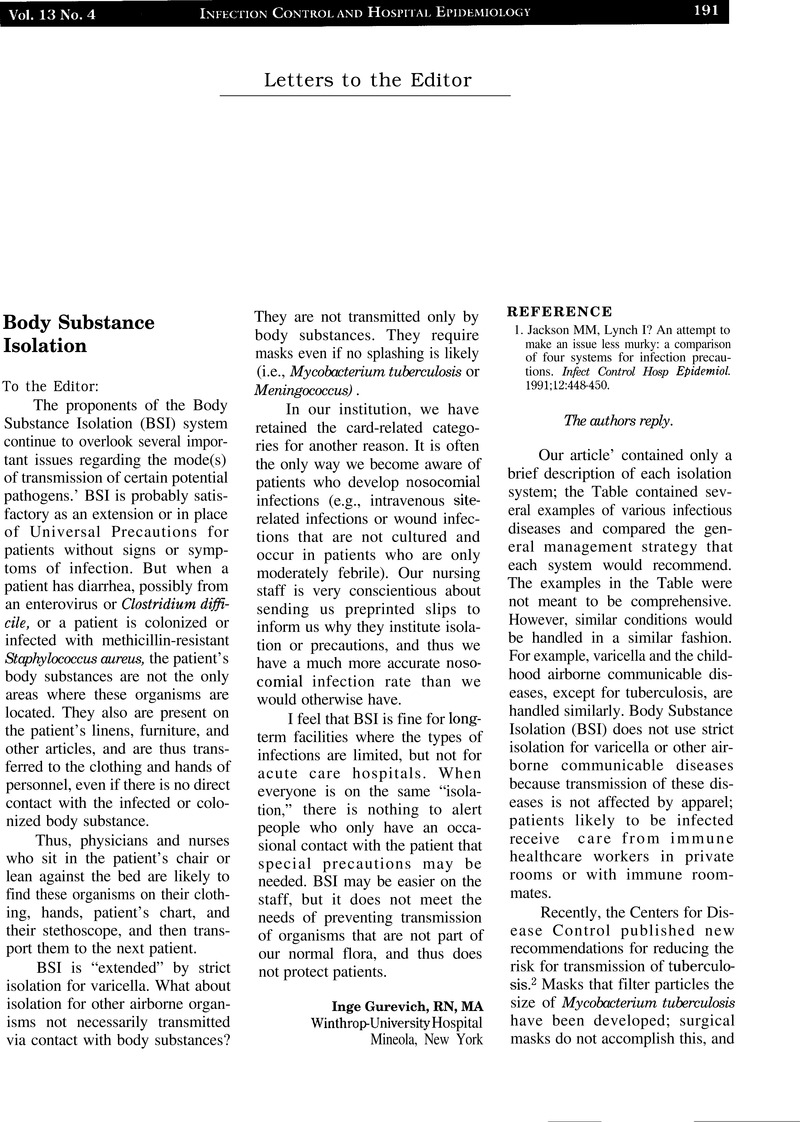Crossref Citations
This article has been cited by the following publications. This list is generated based on data provided by Crossref.
Garner, Julia S.
1996.
Guideline for Isolation Precautions in Hospitals.
Infection Control & Hospital Epidemiology,
Vol. 17,
Issue. 1,
p.
54.





